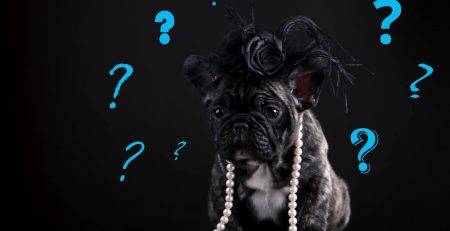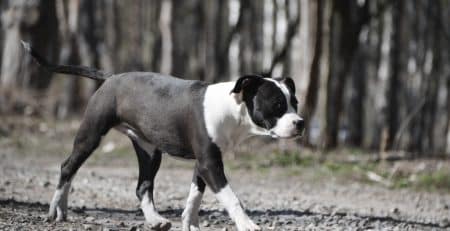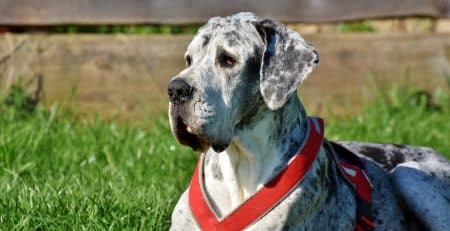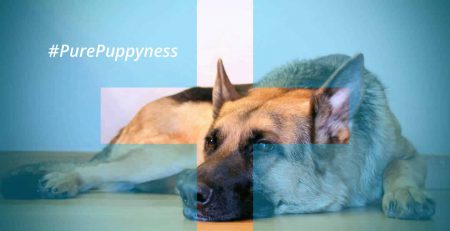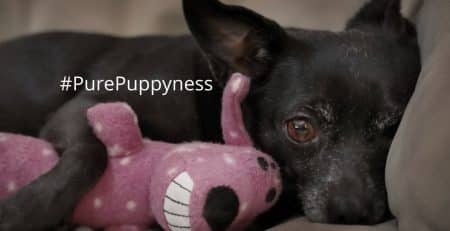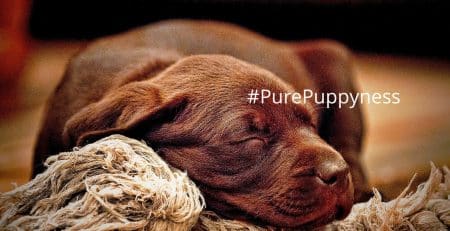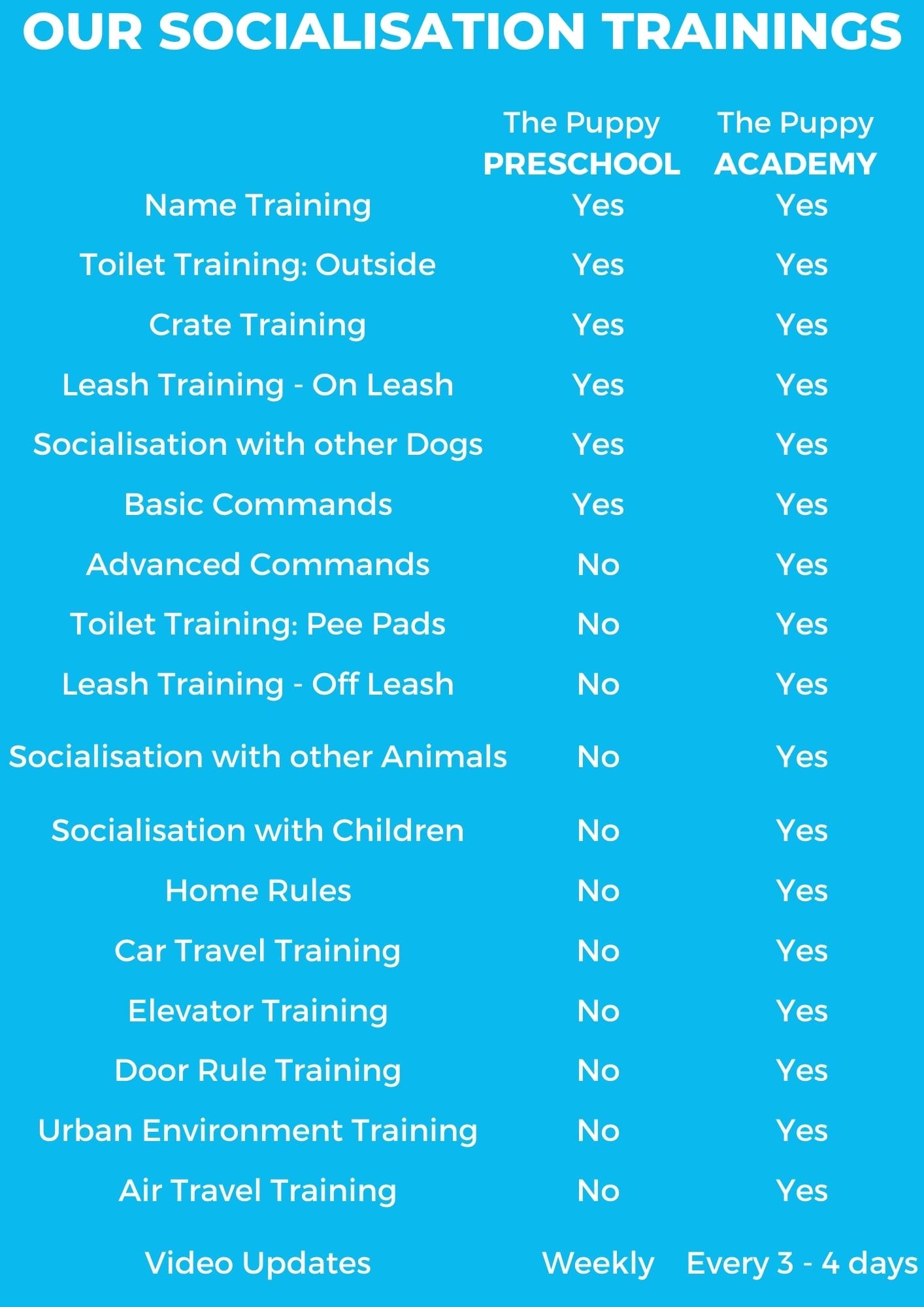When you give a dog a bone…
Food, glorious food! Everybody loves food. Anyone or anything graced with the wonder of taste buds knows that food can add joy and colour to one’s life. For many people, good food means a happy life. Unfortunately for some, food can become an obsession and negatively effects their health and day to day social interactions. This does not only affect us humans, but can also affect our fellow canines. Dogs can get so obsessed about what is in their bowl, that they can become very aggressive around their food. You can often overhear owners talking about their dogs saying, “If it wasn’t for its food aggression, Jack is such a wonderful dog!” Such aggression can escalate to the point where not even the dog’s owner can predict their dog’s behaviour around food. This ends up making for a strained relationship and a general wariness when around the dog.
Why is my dog showing food aggression?
It is often that owners are at a loss when it comes to this problem. They are ticking all the boxes – they give enough food to the dog; they do not interrupt the dog while eating; they treat the dog nicely and give it no reason for it to be insecure around food. So why is the dog behaving like this? Sometimes the examination of such behaviour has to go beyond looking at the situation in isolation. One should ask oneself: Does the dog have a past fraught with food insecurity? Is the dog insecure in any other way? Is the dog diminutive in stature and feels the need to over react to compete with the rest of your dogs for food?
It is quite common that these dogs have a difficult past where they had to aggressively compete with other dogs for their food. This can usually be seen in dogs that have been taken in after having spent a significant amount of time out on the street or in overpopulated kennels. However, this can also happen in pure bred dogs if the breeding kennels they’re coming from are not properly managed. Your dog might also have some other insecurity issues like possessive behaviour over people or objects that might be spilling over and turning into food aggression issues during meal times. If you have a small dog living with other, larger dogs, this might also be a compensatory behaviour for its size as it needs to scare away the other dogs in order to keep up with them and get enough food to eat.
Why should I tackle the situation?
The habit of food aggression should be tackled as soon as possible. There are many reasons to do so, mostly for your own dog’s health and also for the health of others that come in contact with it. Imagine a situation where your dog manages to get its teeth around something toxic or harmful like chocolate, avocado, and grandma’s medicine, you name it … how would you tackle the situation if your dog is food aggressive? If a child just walks in next to your dog’s feeding bowl or your friend’s dog, unaware of the grievousness of the situation, goes to drink from your dog’s water bowl, how would you handle the resulting violent outburst? These are all very dangerous situations and should spur you into taking quick action before something bad happens to you, your dog or to other people. If you feel you cannot handle the situation on your own, do not hesitate to contact your trusted veterinarian or a professional dog trainer to help you get to the root of the problem and provide you with the necessary information to tackle the situation successfully.
What can I do on my own to help with the situation?
In most cases it is wise to feed a food aggressive dog on its own. This greatly contributes to decrease the stress levels of the feeding experience, and will greatly help your dog enjoy it food without hurting itself or others. Allowing your dog to eat with a steady, calm state of mind will help it associate the calm environment with food, and will start helping a lot with the rehabilitation of your food aggressive dog. The dog will also eat at a slower pace which is much healthier then gobbling down its food. When a dog eats too fast, it has a higher probability of choking on its food or gulping down a lot of air with the food and cause a problems like bloat and other digestive problems.
It is also important to let your dog know where its food is coming from, and that it does not come freely. In order to do this, teach your dog to sit down and stay patiently as you prepare its food, always making sure that your dog understands that you are the one providing its food. Take the food away if you see that your dog is going to make a lunge for it before you allow it to start eating. This exercise in discipline and self-control will greatly improve your dog’s behaviour when around food, especially when you are around to keep watch on the situation.
Try to create safe situations where you can give and take away your dog’s food, without causing the dog to get overly excited and aggressive, as often as possible. Make the dog feel safe around food, and give the impression that a temporary withdrawal of food will be followed with the provision of more food soon after, all the while replacing the aggressive behaviour with happy anticipation. If all this is proving to be too difficult or impossible to handle on your own, it would be better to keep yourself safe and employ the help of a professional dog trainer.
Take your time to work through your dog’s issue, and make sure that your dog is safe to be around during its feeding time.


